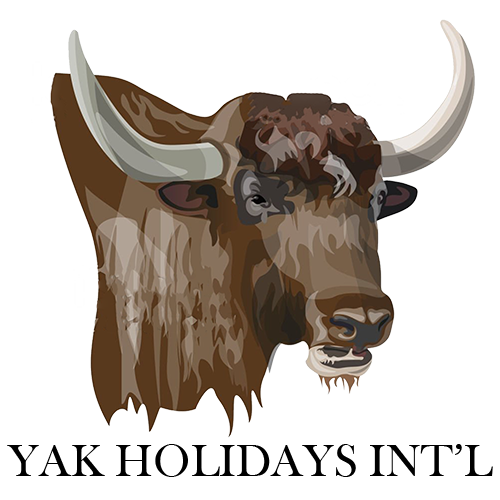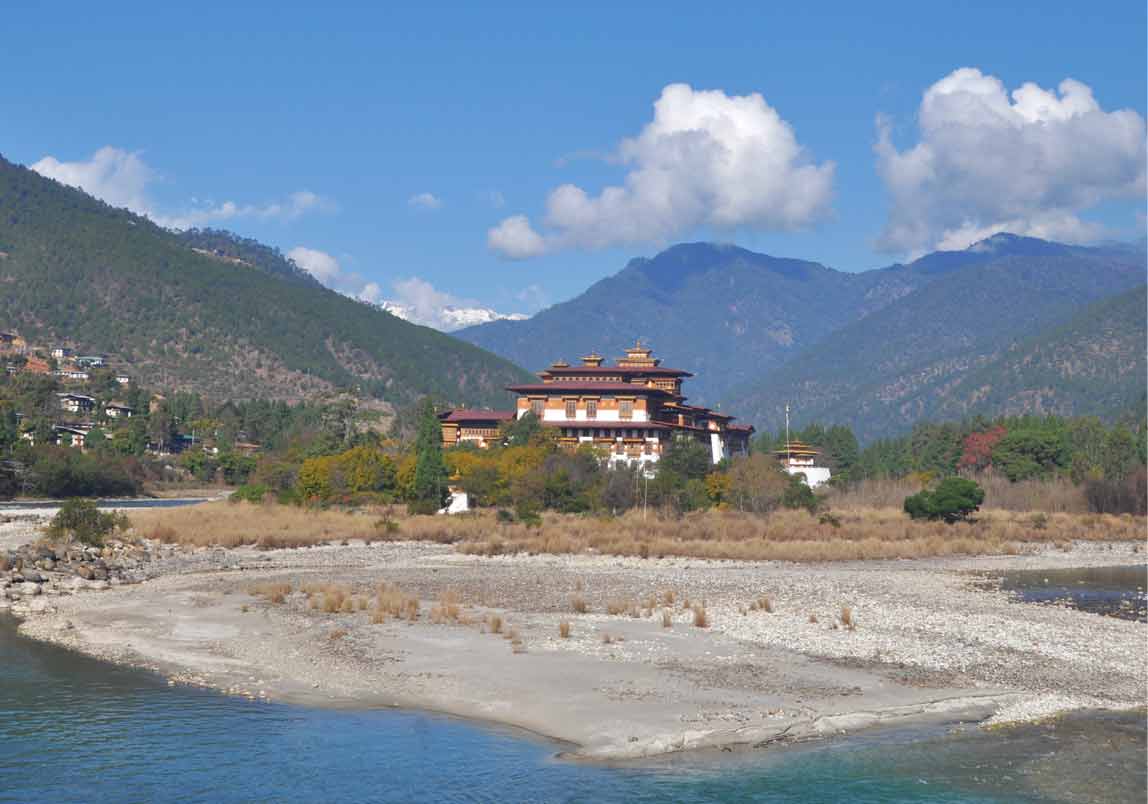Rinchengang village is perhaps the most clustered village in Bhutan. Also, it is one of the oldest villages in Bhutan as it dates back to the Shabdrung era.
The settlers in the village, back in the day, were skilled in the traditional method of stone masonry. And so, it was them who built the old Wangdue Phodrang Dzong that stood for over 480 years.
In earlier times, the place was known as ‘Drinchen-Gang’ meaning ‘Grateful Valley’. Grateful for the contributions the people there made in building the dzong. With time, Drinchengang changed to Rinchengang as we know it today. To get to the village, it is a 20-minute uphill walk from the road head.


